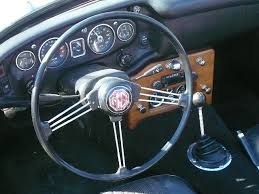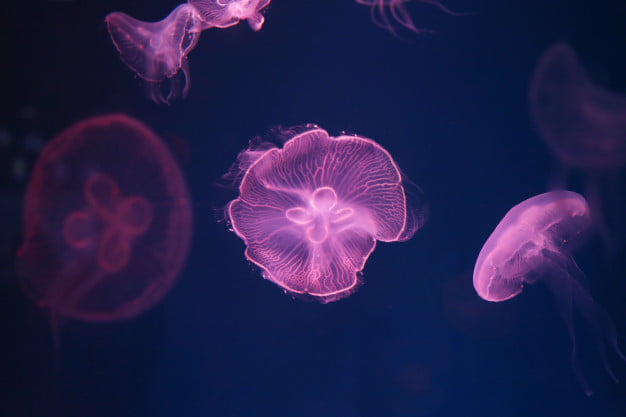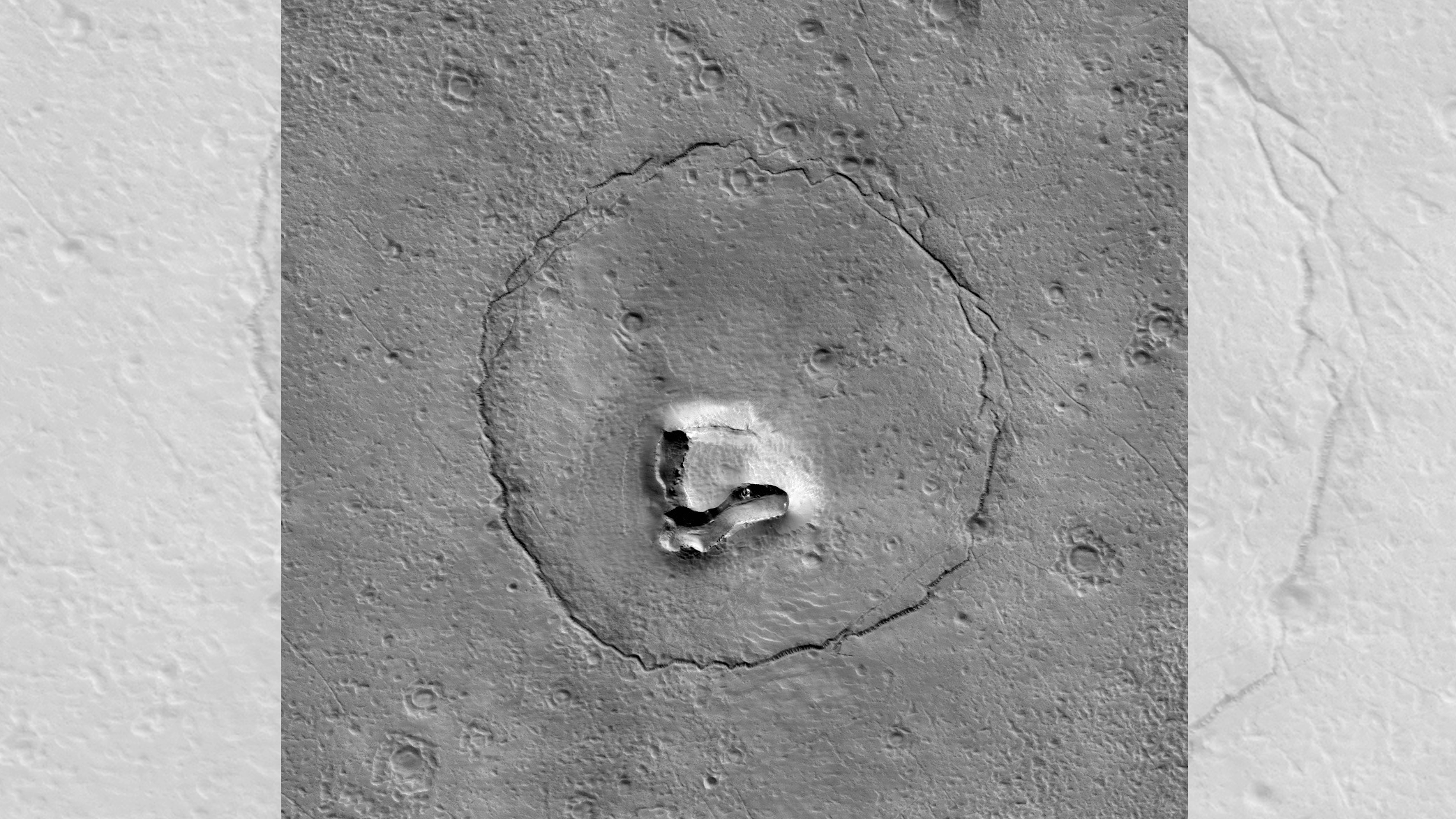Introduction
The clutch is a part that joins the engine to the gearbox. The central purpose of the clutch is that it enables you to manage when you require the power from the engine to be sent to the wheels. The clutch has a complicated moving mechanism. It usually consists of a flywheel and a clutch disc, which assists in a steady rotation of the crankshaft. Both assist each other’s functions to send engine power to the gearbox and enables the transmission to be prevented while a gear is selected to move off from a fixed position, or when gears are switched while the car is running.
Various Parts of Clutch
The modern clutch system normally has four main components such as the cover plate, which includes a diaphragm spring, the pressure plate, the driven plate, and the release bearing. The cover plate is bolted to the flywheel, and the pressure plate uses pressure on the driven plate through the diaphragm spring or coil springs on earlier cars. The driven plate works on a splined bar between the pressure plate and flywheel. It is faced on each side with a resistance material which grips the pressure plate and flywheel when fully engaged, and can slip by a measured amount when the clutch pedal is partly depressed, enabling the drive to be exercised smoothly.
How does it work?
The clutch pedal operates the clutch, which is a tool which allows us to either connect or disconnect the engine from the drive wheels either totally or partially and is applied for moving off, changing gear, and stopping. The clutch control is a combination of moving off and stopping.
The clutch in its very simplest form consists of two circular plates. One of these plates is attached to the engine and the other is attached to the gearbox. The clutch usually works as a friction disc that produces a coupling using friction.
In order to guarantee a continuous motion a flywheel has a large moment of inertia is added to ensure a continuous rotation of the crankshaft. Large moments of inertia ensures a large angular momentum and also the system becomes resistant toward any sudden difference in the rotation of the crankshaft. This is important when you change the gear.
When the clutch pedal is pushed the flywheel and clutch disc become disengaged and no power is transferred to the wheels. They both have friction discs present facing each other on their surface. When you release the clutch pedal both the friction plates of both the flywheel and clutch disc come in touch and both rotate at the same speed and as a result, the power is sent to the wheels.
Conclusion
In a standard gearbox, when the clutch is engaged, it supports the delivery of power from the engine to the device which helps in running the vehicle. When you press the clutch pedal, the clutch releases, thus eliminate the connection between the engine and transmission. This enables the driver to shift gears. When the clutch is released, the vehicle will not move forward even if the accelerator pedal is pressed as the engine is now disconnected from the transmission.
So, this is how clutch work in modern cars. Do check out how does a car engine work?




